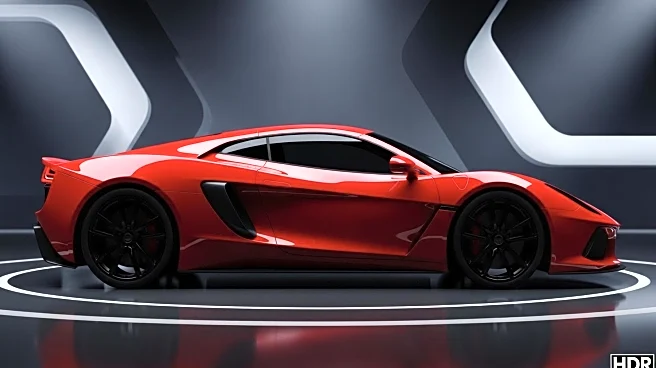What's Happening?
Ford's Taurus SHO, first introduced in 1989, marked a significant shift in the automotive industry by offering a performance-oriented version of the Taurus sedan. The SHO, which stands for Super High Output, was equipped with a Yamaha-engineered 3.0-liter V6 engine, featuring dual overhead cams, 24 valves, and a variable-length intake manifold. This engine produced 220 horsepower and 200 lb-ft of torque, allowing the sedan to accelerate from zero to 60 mph in 6.6 seconds and reach a top speed of 143 mph. The Taurus SHO also included a Mazda-designed five-speed manual transmission and various performance enhancements such as stiffer springs and firmer dampers. Despite its impressive performance, the SHO maintained the practicality of a family sedan, making it a unique offering in the market.
Why It's Important?
The Taurus SHO represents a pivotal moment in Ford's history, showcasing the company's ability to blend performance with practicality. This model appealed to consumers seeking a sporty driving experience without sacrificing the comfort and utility of a family sedan. The SHO's success demonstrated the potential for automakers to innovate within existing product lines, leading to the development of more performance-oriented vehicles in the mainstream market. Additionally, the SHO's engineering collaboration with Yamaha highlighted the benefits of cross-industry partnerships in advancing automotive technology.
What's Next?
While the Taurus SHO nameplate was revived in 2010 with a new V6 engine and modern enhancements, Ford's current focus on SUVs and trucks suggests that a future revival of the SHO is unlikely. However, the legacy of the Taurus SHO continues to influence Ford's approach to performance vehicles, as seen in their ongoing development of high-performance models within their lineup. Enthusiasts and collectors may continue to seek out the Taurus SHO for its unique blend of performance and practicality.

